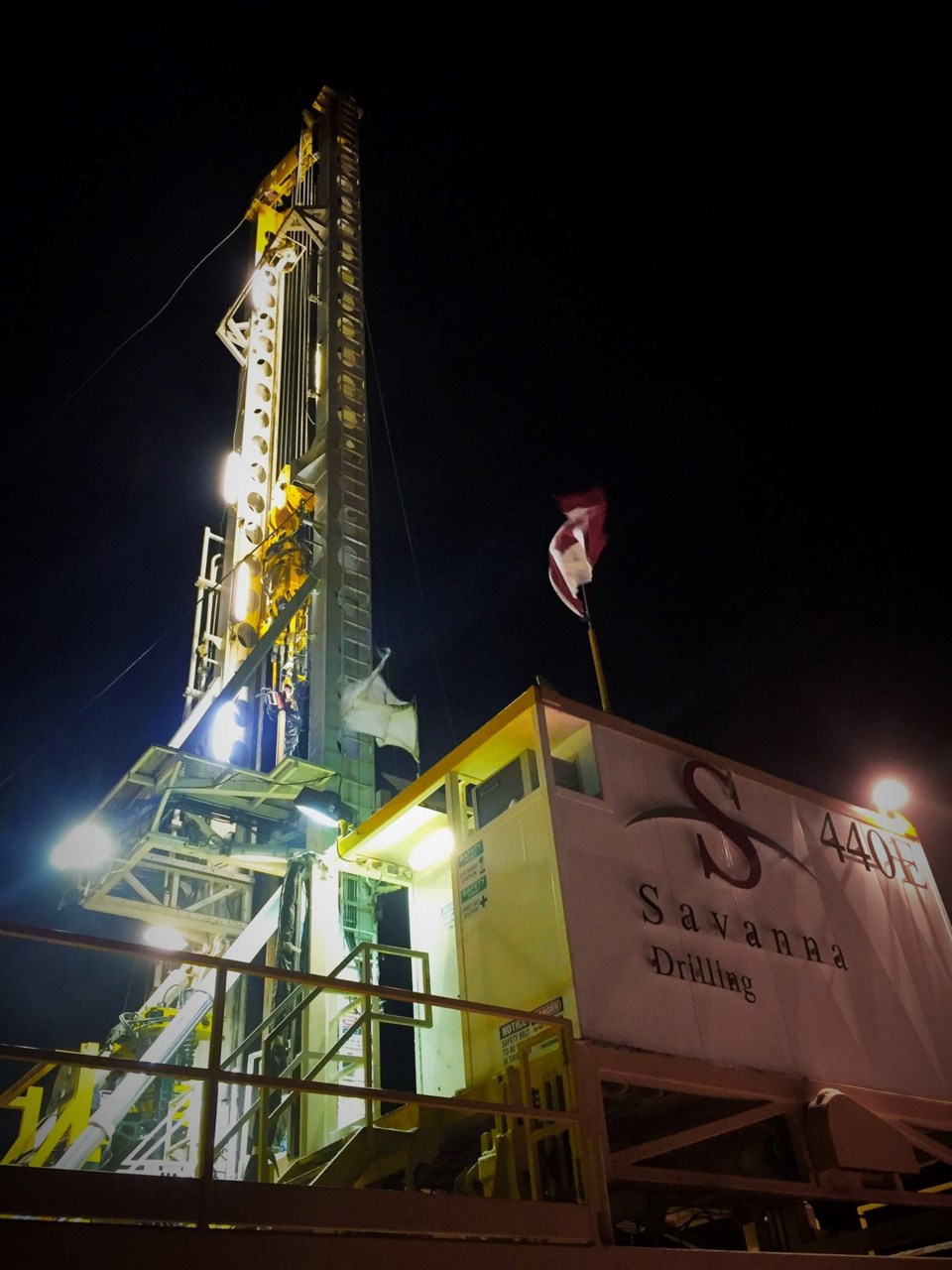Let me start by saying this entire enterprise is predicated by one great big “if.” Huge if. CAPITAL LETTERS IF. As of mid-April, the big question is if, indeed, Saturn Minerals has found oil southwest of Hudson Bay, Sask., as they say they have. Their core taken had not yet arrived at the Saskatchewan Subsurface Geological Laboratory (a.k.a. core lab) in Regina. Even when it does, the geologists there can’t talk about it for a year while it’s under a confidentiality period.
But the question I’ve been asking every geologist I could find is this: IF oil was found near Hudson Bay, and IF all the oil in the Williston Basin is believed to have formed in the “kitchen” around Williston, North Dakota, how did it get up to Hudson Bay? Could there be oil found elsewhere in the roughly 300-kilometre gap from the northernmost oil wells in southeast Saskatchewan to Saturn’s discovery well?
The consensus has been, “It’s possible.”
Let me step back for a minute. The theory behind oil creation is that it is created in “kitchens,” where the depths, pressures and temperatures are great enough to “cook” kerogens into light oil. That oil travels underground until it collects in traps, which is where we find it, drill a well, and put a pumpjack on it. If the oil is degraded enough via contact with water, it becomes heavier.
Thus, all the oil in Alberta is believed to have formed in the last 65 million years. That’s when the creation of the Rocky Mountains pushed down enough material in the foothills region to create a kitchen and produce all of Alberta’s, and western Saskatchewan’s light, medium, heavy oil and bitumen.
In the southeast corner of Saskatchewan, the kitchen is in the heart of the Williston Basin, around its namesake, Williston, N.D. Our Canadian geologists often thank the Americans for sending their oil north of the border, thank you very much.
Since the shallow sedimentary depths around Hudson Bay likely discount the possibility of oil СŔ¶ĘÓƵ produced locally, it most likely came from Williston. The formation Saturn is talking about is Ordovician (pretty close to the PreCambrian basement). The closest Ordovician production in Saskatchewan is near Tyvan, north of Weyburn. There’s about 300 kilometres of space between Tyvan and the discovery well southwest of Hudson Bay, near Porcupine Plain.
What we do find in that giant gap is the bulk of the Saskatchewan potash ore body, known as the Prairie Evaporite. The Ordivician formation is found well below the Prairie Evaporite.
This brings about several questions. That large band stretching northwest to southeast across the province has probably had more seismic shot than you can shake a stick of dynamite at, with regards to the quest for potash. In their enormous quantities of seismic data, have the potash companies, perhaps, found structures where we could have prospective oil? If so, why haven’t they done anything about it, e.g. spinoff their own oil companies to develop it?
The big reason would likely be that potash and oil development do not mix, at all. Oil drilling is banned wherever potash could potentially be developed. A well penetrating into an underground mine could lead to flooding, the loss of the mine, and the loss of life. So, if you are a potash company, you don’t want any pesky oil wells around, period. Even suggesting oil production in potash areas becomes a very political question that many people don’t want to touch.
It’s also not very easy to drill oil wells through potash, either, I’m told.
Seismic imaging also doesn’t work very well through large salt bodies. Maybe the potash companies haven’t been able to see much below their ore body, after all. And why would they? If they’ve found potash, why look for oil below it?
Even if Saturn’s discovery well doesn’t turn up much oil, if it does in fact have oil at all, that means that the possibility still exists for oil to exist all throughout east central Saskatchewan, down to southeast Saskatchewan. We know natural gas used to be produced at Kamsack. Wildcatters have looked throughout the region over the decades.
We shouldn’t forget that Nordic Oil and Gas had an operating oil well near Sturgis for a short time a few year ago. So really, this question may have already been answered.
If there’s oil up north, then there should be some oil, somewhere, between here and there.
There hasn’t been an entirely new oilfield found in Saskatchewan since the 1950s-1960s, one that wasn’t relatively close to an existing oilfield. If Hudson Bay does turn into something, this could be one of the most significant developments in the Saskatchewan oilpatch in our lifetime. And if there’s anything in the gap in between, it could be a lot bigger than that.
Again, it’s all a great big IF.
Ěý
Brian Zinchuk is editor of Pipeline News. He can be reached at [email protected].




